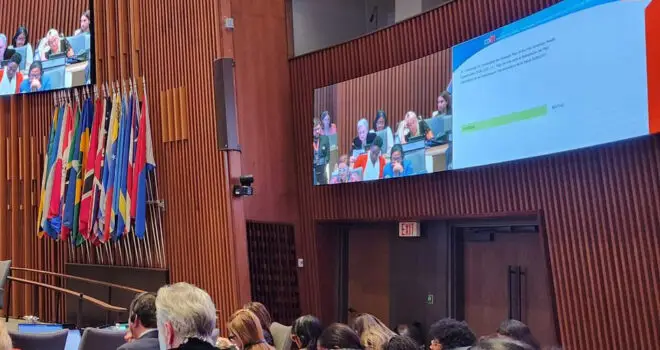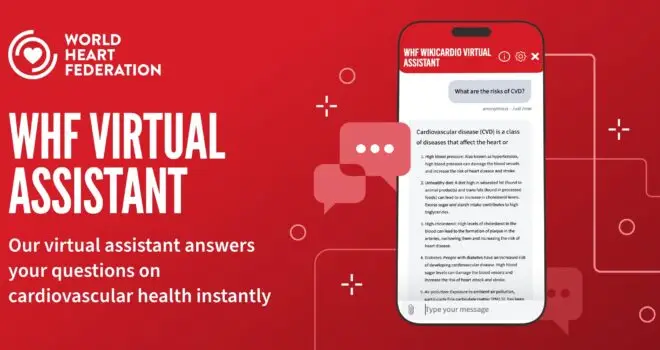From wearable devices to voice-activated medical assistants, the digital sphere is teeming with breakthroughs that can make a difference for the world’s growing incidence of noncommunicable diseases (NCDs).
If, as the saying goes, “our health is our wealth,” then we must invest in digital healthcare for everyone to tackle the world’s leading killer, cardiovascular disease (CVD). More than 18 million deaths occur annually from CVD, many of them in low- to middle-income countries. Digital healthcare is not a salve for all health woes, but it can widen or narrow the existing gap in accessible and affordable healthcare.
Being ‘well-connected’
‘Well-connected’ in the usual sense may imply special treatment or favours; in our digital world, it is all about equity. Indeed, increasingly, to be well is affected by our ability to be connected via some technological means, encompassing tools from a basic landline to hand-held heart monitoring devices.
Wearable devices include smartwatches and more sophisticated tools that read the wearer’s data via embedded microchips and sensors. Other examples include hand-held or chest-applied electrocardiogram (ECG) devices attached to smartphones that can record heart rhythm and help diagnose irregular heartbeat when it involves, for instance, atrial fibrillation, which can have serious consequences, such as stroke. In some cases, they can even take images from the heart using ultrasound technology.
Smartphone cameras can be used to monitor blood pressure and connecting pharmacies on a common mobile platform has aided their participation in patient management. In 2019, the wearables market grew by 89% before seeing a decrease in 2020.
A chance for damage control
It is estimated that in least developed countries (LDCs), 17% of the rural population has no mobile coverage, with only a 2G network covering 19% of the rural population.
The road to an even playing field must entail investment, infrastructure, education and privacy protocols. Weaving digital literacy into education efforts will increase comfort levels for patients and health workers who might not be used to technology as a health resource.
If a positive outcome of the pandemic exists, it could be the wider uptake of digital tools as an additional aid in healthcare. The biggest winner could be within reach: that all means, digital or traditional, are accessible to the most vulnerable and in need. Our future is an opportunity to do damage control, to correct past mistakes of unequal access to affordable care and save many a beating heart.
Learn more about World Heart Day here and follow the social media conversation using the hashtag #UseHeart.
The original article was published on the Mediaplanet website Health Awareness.



